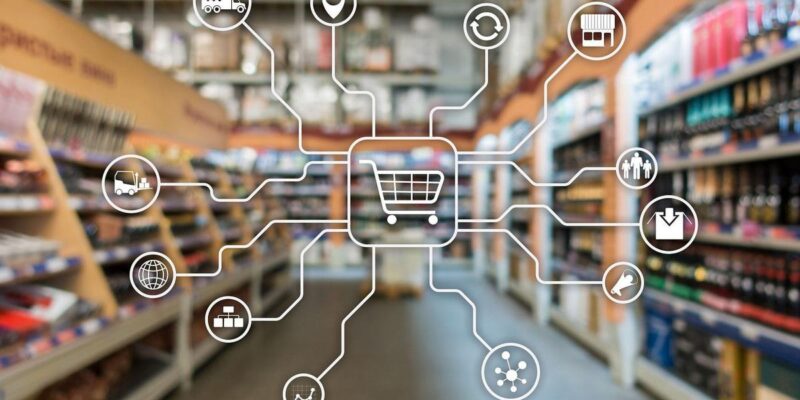
Headlines are quick to announce new challenges facing the high street, especially now among rising energy costs that place more significant pressure upon retailers’ overheads. However, the high street has historically been adaptable and continues to adjust its offerings and organisation to meet new demand, which is what appears to be happening today.
Retailers are now changing their priorities, seeking to meet customers’ new expectations regarding sustainability and experience. These elements are steering not only the products and services of retailers but also the design and location of their stores too. We can already see such examples of how the high street is changing aesthetically too, especially with established national brands also reinventing their approach to brick and mortar retail.
Beyond Products
One of the most significant changes currently occurring within high street retail environments is the move toward experiential retail, a shift that Mart Portas refers to as ‘less retail but with better retail’. For consumers, this means that shops will no longer be locations solely dedicated to transactions but will instead celebrate their products with experiences and events, drawing shoppers in to learn more about products.
From Vans establishing their own skatepark inside their flagship London store to Nespresso hosting coffee tasting sessions, retailers are drawing customers into their stores not only to shop but to truly experience their brand.
Sustainable Design
Customers are placing a great deal of importance upon the ethical responsibilities of retailers and, just as shoppers seek out brands that represent their sense of quality and style, now they are also looking for those retailers who can match their environmental considerations too.
This is causing a great deal of change across the high street, with retailers reducing their energy consumption and waste, It is also changing the way shops are designed, with internal elements such as slatwall, mannequins, and shelving moving away from more traditional designs and toward organic, natural designs, those that better celebrate biophilic elements and demonstrate retailer efforts toward carbon neutrality.
Technological Mobility
Pushed forward by both efficiency, cost-saving, and waste reduction, technology is being further welcomed into high street retail environments. It is no longer uncommon for retailers to become cashless, appreciating both the security and speed of card transactions, and minimising other costs associated with cash counting.
For customers, a more forward-thinking approach to retail technology brings about both benefits of experience, such as e-receipts and personalised offers, while also expanding the potential for improved delivery options. Depending on customer preference, whether for home delivery or click and collect, retailers are becoming increasingly more accommodating to various demands with the support of technology and the integration of online shopping with brick-and-mortar retail.
What’s more, smart shopping is beginning to make an appearance on the high street, with far forward-thinking concepts, like Amazon’s Go supermarkets, and Nike’s AR changing rooms that allow customers to try on clothing virtually, customing each item of clothing as they go.
Infographic Created By Clover – Streamlined Retail POS System For Your Business












